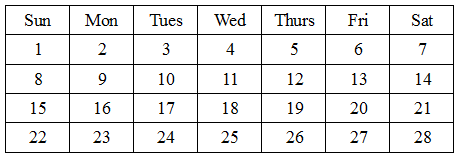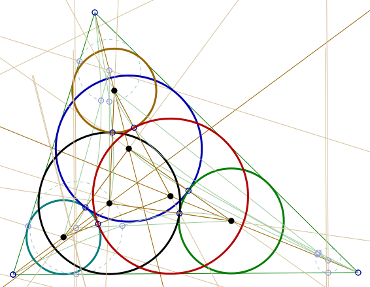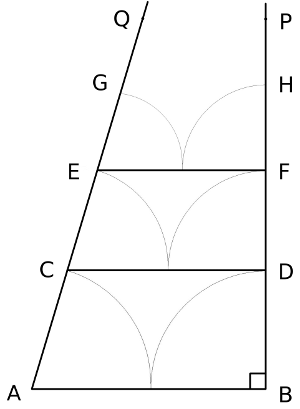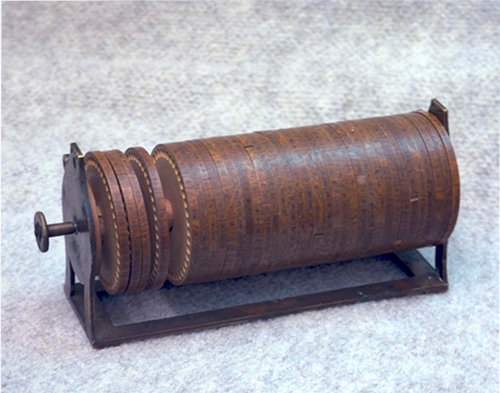Suppose that a house is robbed and police find a strand of the burglar’s hair at the scene of the crime. A suspect is in custody, and tests show that the strand matches his hair. A forensic scientist testifies that the chance of a random person producing such a match is 1/2000. Does this mean that there’s a 1999/2000 chance that the suspect is guilty?
No, it doesn’t. In a city of 5 million there will be 1/2000 × 5,000,000 = 2,500 people who produce a match, so on the basis of this evidence alone the probability that the suspect is guilty is only 1/2500.
In a 1987 article, William Thomson and Edward Schumann dubbed this the “prosecutor’s fallacy.” Unfortunately, it’s matched by the “defense attorney’s fallacy,” which holds that the hair-match evidence is worthless because it increases the likelihood of the suspect’s guilt by a negligible amount, 1/2500. In fact it drastically narrows the range of possible suspects, from 5 million to 2,500, while failing to exclude the defendant, hardly cause for confidence.
Worryingly, Thompson and Schumann found an experienced prosecutor who insisted that if a defendant and a perpetrator match on a blood type found in 10 percent of the population, then there’s a 10 percent chance that the defendant would have this blood type if he were innocent and hence a 90 percent chance that he’s guilty. “If a prosecutor falls victim to this error,” they write, “it is possible that jurors do as well.”
(William C. Thompson and Edward L. Schumann, “Interpretation of Statistical Evidence in Criminal Trials,” Law and Human Behavior, 11:3 [September 1987], 167-187.)









